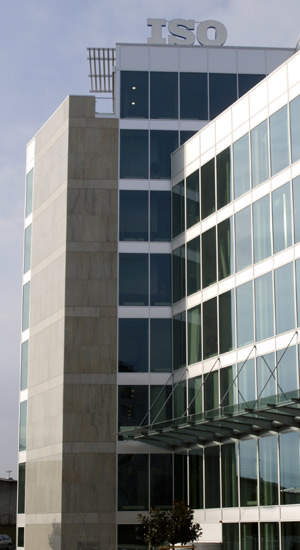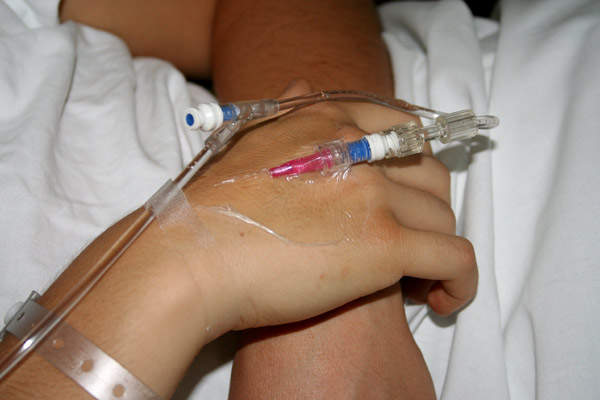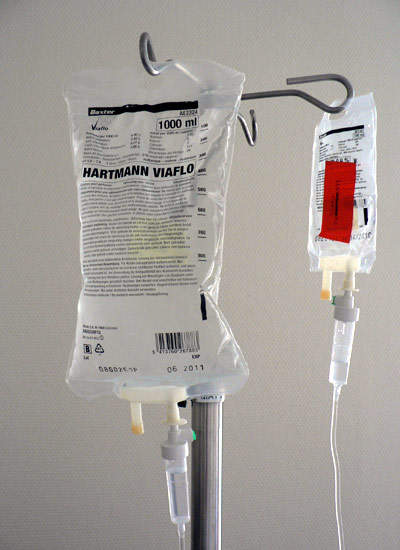Baxter International is a diversified healthcare company with a presence in several countries. The company is segmented into renal, medication delivery and bioscience sectors. Its Cartago facility concentrates primarily on medication delivery.
The plant has been operating since 1987 and has a portfolio of 169 codes to its credit. The plant’s manufacturing activities include producing IV administration sets. Baxter Cartago is Costa Rica’s fourth-largest exporter, with the finished goods used in 60 countries across the globe. Most of its production is exported to the US. A new steriliser is being constructed at the plant to boost its vertical integration process.
Cartago plant
Located in Cartago, Costa Rica,the Baxter facility is a 152,000ft² plant.Launched in 1987, the plant has achieved continous growth in medication delivery.
The 1,200-employee facility produces products including IV administration sets, meant primarily for administering medication and delivering IV solutions to patients.
At present the plant has a portfolio of 169 codes. The plant has also been dealing with production transferred from other Baxter plants. For example, in 2003, the plant manufactured nutrition sets transferred from another Baxter plant. Similar transfers were made in 2005 for irrigation sets, catheter extension sets and tri-layer sets.
The Cartago facility also provides subassemblies and components to other Baxter plants in ten countries.
Process
Initially, Baxter’s Cartago facility adopted quality leadership process but later shifted prior to the Baldridge quality model. The plant has adopted the lean approach at the shop floor level as well as for the support functions.
Operational process at the plant is guided by six factors – customer, finance, quality and regulation, constant improvement, people and team, and innovation.
Monitoring of the processes is done through a balanced scorecard. The plant has achieved substantial progress in terms of delivery. It has reduced manufacturing cycle time by nearly 65%. In the two years after 2005, the service level improved by 17% while the lead time went down by 29% between 2006 and 2007. Back orders also fell by 66% between 2005 and 2007.
In 2008, the plant became the first to receive the Shingo prize for operational excellence outside North America. The award was given in recognition of the plant’s efforts to improve productivity, manufacturing cycle time and customer lead time.
Quality certification
Baxter’s facility at Cartago is the first in Central America to be certified by ISO 9002. The plant was upgraded to ISO 9001 and ISO 13485 certification. It pioneered the implementation of 100% electronic batch records in the medical device industry.
All the product codes of the plant fall under the advanced product quality planning (APQP) methodology, which is used for managing risk and prevention of defects. In 2005, the plant recieved 40% fewer complaints per million.
Between 2004 and 2006, the defects per million had come down by 45%. Quality exception situations were also reduced by 58% in 2005.
Environmental health and safety
In 2007, Baxter’s Cartago plant became the first manufacturing facility in Costa Rica to recieve carbon neutral recognition. Apart from cutting gas consumption by 44%, the plant has also reduced energy consumption by 9% and achieved waste reduction by 25% in 2006. The plant was certified with ISO 14001 in 1998 and OHAS in 2004, becoming the first company in Central America to receive this certification.
The plant brought down its lost time incident rate per 100 full time employees from 0.63 incidents in 2000 to 0.06 in 2006. The safety performance was further improved between 2000 and 2006 by reducing the lost time days per 100 employees from 3.85 to 0.60 in 2006.






